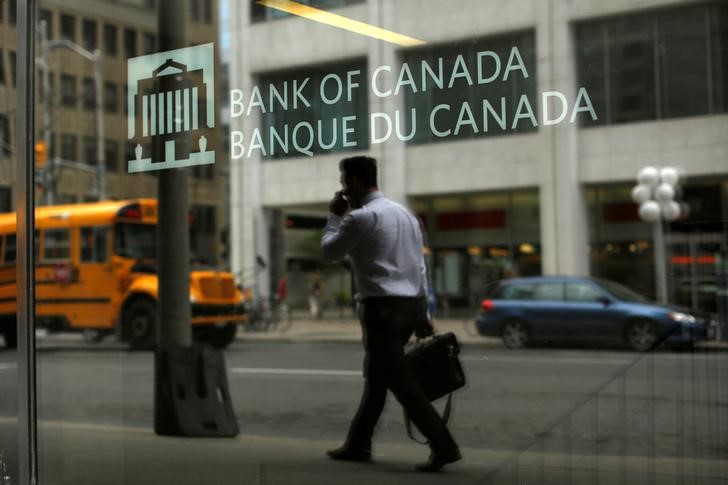(Recasts with comments on outlook, unconventional measures)
By Alastair Sharp
TORONTO, Nov 28 (Reuters) - Many of the uncertainties surrounding the economic outlook that the Bank of Canada faced at its last policy decision still remain, though the central bank has two major data reports yet to consider this week, Governor Stephen Poloz said on Monday.
In October, the bank held rates steady but said that it had actively considered cutting for the third time in two years.
The bank cited uncertainty on a number of fronts, including geopolitical factors and the impact of recent moves by the government to boost infrastructure spending and tighten mortgage rules. most of those things, we have very little additional information since October, so very little has changed therefore in that analysis," Poloz told reporters on Monday.
Poloz said that uncertainty still needs to be monitored. The central bank will get reports on the current account and third-quarter growth this week, which should help the bank better understand the economic picture, Poloz said.
The bank is widely expected to hold rates where they are when it meets next week, though some think the market is too complacent about the prospect of further cuts following the U.S. election of Donald Trump. said the bank would not incorporate U.S. policies into forecasts until they occur.
Poloz also made clear he had not put away the bank's toolkit of unconventional measures that could be used if necessary, which includes negative interest rates and large-scale asset purchases.
"The possibility we'd have another downturn in the world economy is present," he said. "We're not predicting one, we see no signs of it, but we need to be ready for whatever that next shock might be."
"Given that we start with interest rates at 0.5 percent, we need to be ready for the possibility of needing additional tools because we only have half a point of room to maneuver," he added.
Poloz made the comments following a speech highlighting the role of the service sector in bolstering the economy at a time when it is still struggling with fallout from a drop in commodity prices.
While Poloz acknowledged that the process of getting the economy back on track has been more gradual than the central bank would like, he reiterated his forecast that Canada would close its output gap around mid-2018.
